ESL Weather Writing
This page contains exercises about ESL weather writing. They have been made to give you a chance to write about the weather so you can become better at using the relevant vocabulary.
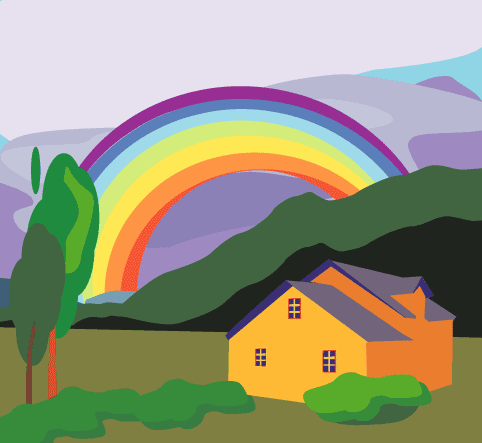
If you need help with vocabulary you can visit the ESL weather vocabulary page where there are many weather words with definitions. It is best to try to learn the vocabulary first and then use it from memory while writing.
This page has three ESL weather writing exercises as follows:
- Writing topics
- Write a summary
- Write role-plays
ESL Weather Writing Exercises
Exercise 1 – Writing Topics
In this exercise there are three writing topics. You should pick one of the topics and then write as much as you can about it. Use full sentences and paragraphs. If you really want to improve, try to write something about all three topics.
- Describe what your favourite type of weather is and why.
- Describe what the weather is like in the country to live now.
- Explain why some people complain about some types of weather.
Exercise 2 – Write a Summary
This ESL weather writing exercise has a passage that you should read and understand, and then write a summary of it. The summary should contain the main information but be shorter and use new or different vocabulary.
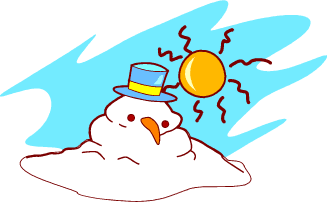
Types of Weather
There are several ways of describing the weather. You need to describe the amount of sun, the level of precipitation, the strength of the wind and the temperature. There are also possibly one or two other aspects to think about.
The first thing many people describe is the sun. They say if the weather is sunny or not. When there are a lot of clouds the sun’s light is stopped from reaching the surface of the Earth. When this happens it is said to be dull.
Next people think about the precipitation. This is the amount of rain, hail, sleet or snow. Very light rain is called a drizzle while very heavy rain is a downpour. If it is raining a lot people say they get soaked, which means very wet. Precipitation does not need to be liquid water. It could be solid ice and fall as hail or as ice crystals and fall as snow. Sleet is rain that has not fully turned into snow.
The wind would be described as either a breeze, which is a weak wind, or a gale, which is a very strong wind.
Then the amount of sun and wind affects the temperature. If it is dull it will be cooler than if it was sunny. If there is a strong wind it will feel colder than if there was no wind. A cold temperature would then influence the precipitation: if it is below zero degrees Celsius the rain will freeze and become snow.
The final types of common weather are fog and smog, both of which form in the air and stop people from seeing very far. Smog is caused by pollution, while fog is due to water vapor being in the air.
Exercise 3 – Writing Role-plays
For this exercise you will need to write role-plays. There are two situations presented below and you can write a role-play for one or both of them. In each you are given the people involved, what is happening and where it happens. Write what each person would say.
Role-play 1
- Location: On holiday (you chose where).
- Situation: Deciding what to do the next day when thinking about the weather.
- Participants: Family (mother, father, children).
Role-play 2
- Location: At work on Monday morning.
- Situation: Talking about how the weather affected what they did at the weekend.
- Participants: 3 people.
Other Pages about Weather that You Might Like
ESL Weather Conversations
ESL Weather Listening
ESL Weather Reading
ESL Weather Vocabulary
ESL 4u home › Writing › Weather


|
|
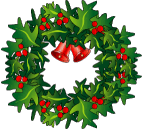
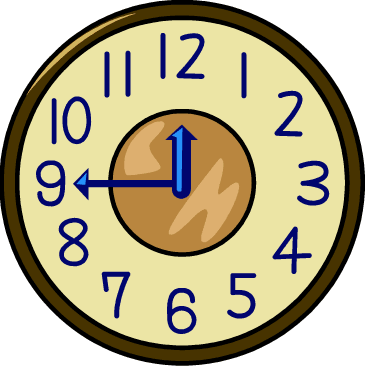
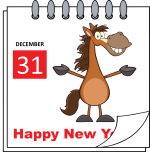
New! Comments
Have your say about what you just read! Leave me a comment in the box below.